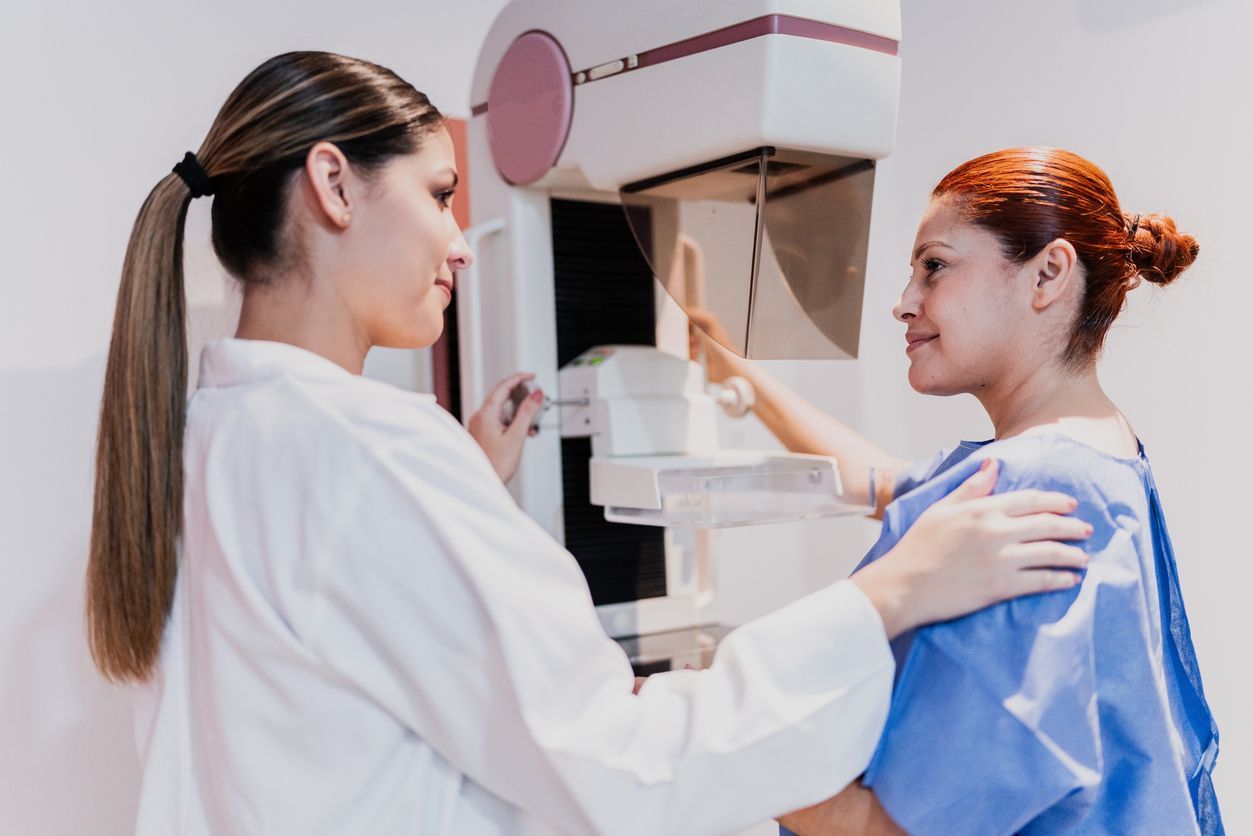How to Reduce Inflammation in Women: Lowering Chronic Risk
How to reduce inflammation in women? Chronic inflammation is a common issue affecting millions of adults around the world. It's often linked with conditions like heart disease, cancer, diabetes, and more. The World Health Organization (WHO) considers these diseases some of the biggest threats to our health, and unfortunately, the number of people affected is only expected to grow. Right now, it's estimated that 20-40% of women of reproductive age are dealing with chronic inflammation. While it might not always be preventable, there are plenty of ways to reduce your risk and take control of your health to live a happier, healthier life.
The Power of an Anti-Inflammatory Diet
Your diet plays a crucial role in managing and preventing chronic inflammation. Certain foods can trigger insulin resistance, oxidative stress, and changes in your gut microbiome, all of which contribute to inflammation. On the other hand, some foods help reduce inflammation in women and cleanse toxins from the body. Adopting an anti-inflammatory diet can improve your overall well-being.
Inflammatory Foods to Avoid
If you're just starting your anti-inflammatory diet journey, here are some foods to avoid:
- Red meats
- Deep-fried foods
- Refined carbs, including white bread and white rice
- Foods with added sugars
- Alcohol
- Trans fats
Anti-Inflammatory Foods to Include
You don't have to miss out on flavor or variety! There are plenty of tasty foods that fight inflammation and nourish your body. Here are some ideas to add to your meals:
- Fatty fish
- Dark chocolate
- Leafy greens
- Berries
- Sweet potatoes
- Nuts and seeds
- Green tea
Regular Exercise: Your Best Friend in Fighting Inflammation
Exercise is one of the most effective ways to reduce inflammation in women. Not only does it help with weight management, but it also offers numerous benefits:
- Enhances immune function: Exercise helps produce Treg cells (T cells), which regulate inflammation and prevent overactive immune responses.
- Supports the lymphatic system: Regular activity promotes the lymphatic system, which helps clear toxins from the body.
- Reduces body fat: Lower body fat can reduce inflammation in women.
- Regulates blood sugar: Physical activity helps stabilize blood sugar levels.
- Improves cytokine balance: Exercise reduces the production of pro-inflammatory cytokines and increases anti-inflammatory cytokines like IL-10.
- Decreases cortisol levels: Physical activity helps reduce cortisol levels, the stress hormone.
The Importance of Sleep
Getting enough good-quality sleep is essential for reducing inflammation and supporting your overall health. According to the Centers for Disease Control and Prevention (CDC) , one in three American adults isn't getting enough sleep, and that's taking a toll on our health. Poor sleep can:
- Disrupt the body's stress response.
- Impair the ability to regulate blood pressure.
- It negatively affects the glymphatic system , which is responsible for flushing out beta-amyloid proteins during deep sleep. When these proteins aren't cleared, they can impair memory retention and disturb your ability to enter restful sleep.
Aim for 7-9 hours of sleep each night to allow your body to recharge and help keep inflammation in check.
Stress Reduction: It's More Important Than You Think
Chronic stress is a significant factor in causing inflammation, mainly because it leads to high levels of the stress hormone cortisol. While you can't eliminate stress, there are many ways to manage it. Here are a few simple tips to help lower stress:
- Practice yoga or meditation to calm your mind.
- Try some cardio exercises like walking, running, or dancing.
- Take a few minutes each day to journal or write down your thoughts.
- Focus on activities that bring you joy, like spending time in nature, socializing with friends, or pursuing a hobby.
Using Thermography to Understand Chronic Inflammation
Prevention is the best approach to any health issue, and it is true for chronic inflammation. While lifestyle changes can reduce the risk, chronic inflammation can still occur. Thermography screenings are beneficial for those at risk or experiencing chronic inflammation.
Thermography uses infrared technology to monitor the temperature across your body. It identifies areas with increased heat, often indicating inflammation, even before symptoms are visible to the patient. By identifying the location and severity of these "hot spots," healthcare providers can create a personalized treatment plan tailored to your needs, helping you maintain optimal health.
To learn more about how thermography can benefit you, contact us today !













